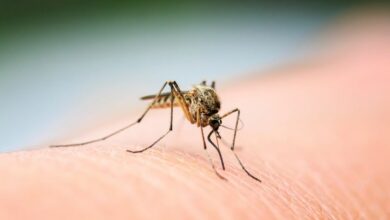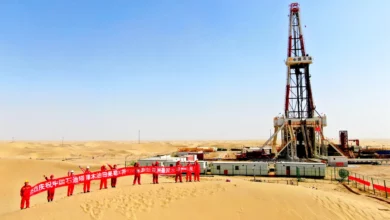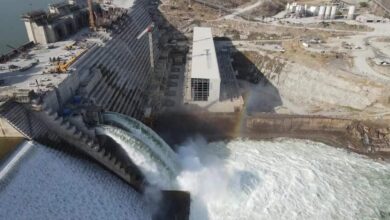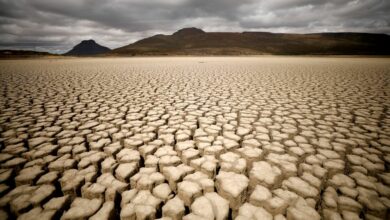From pharaonic history to Islamic art to celebrations of Egypt's military victories, the nation has a wealth of museums. But the lack of a museum displaying the biological and geological components of the country's natural heritage creates a knowledge gap, jeopardizes the existence of natural wealth and limits the ability to use it in education, environmental tourism, and scientific research.
Attempts to establish a natural history museum here have been ongoing since the 1920s. For various reasons – namely the lack of commitment and support from the government, as well as an absence of interest or a champion – the project never materialized. Unlike its cultural resources, Egypt’s natural resources are neglected; the country has no natural history organization to match those dedicated to its cultural heritage, such as the Egyptian Museum of Antiquities.
Natural history museums worldwide play an important role in the advancement of science, and the collections they host provide resources for research and educational projects. These collections and the knowledge they generate could be used to send powerful messages about pressing issues such as the survival and extinction of species, climate change, and sustainable development and resource use.
With Egypt’s rich and varied natural heritage, such a museum has the potential to excite and inspire people of all ages. It could also contribute to the country's fledgling ecotourism industry and help Egypt meet its obligations as a signatory to international treaties such as the convention on biodiversity, which requires an understanding of and appreciation for our natural heritage.
Natural Heritage vs. Natural History
The proposed project will be more than a classic natural history museum; it should encompass the concept of natural heritage, including natural resources as an integral part of Egypt's heritage and exploring the connection between the natural and cultural worlds. This includes the ways in which Egyptians have interacted with nature throughout history. A focus on ethno-biological collections including ancient archaeo-botanical and zoological collections would be essential. This focus will open vast doors of knowledge, inspire multi-disciplinary research and raise awareness about many neglected and forgotten aspects of our natural history.
The Collections
Collections are the backbone of any natural history museum. In Egypt, there are many great collections – from plants to molluscs to insects, reptiles, birds and mammals just to name a few – housed in herbaria (which hold dried plant specimens), museums and scientific institutions. Other than the wild plants of Egypt, one could also find cultivated and introduced plants as well as plants from neighboring countries. The specimens mainly serve scientists who need to identify or verify identification of plants for research purposes, but are also useful to other disciplines.
In Egypt we have several very valuable herbarium collections at Cairo University, the Agricultural Museum, Orman botanical garden and many others. Exceptional entomological collections of insects are housed in several universities, at the Egyptian entomological society and at the Agricultural Research Center.
However, most of the collections are widely dispersed, lack coordination, and are variably resourced and underdeveloped. Many of them are badly managed. Curating a huge collection takes time and money requires well-trained employees.
The process of establishing a new museum should explore setting up a collections management service to help reinvigorate other collection centers and bring them up to international standards. A natural history museum could provide curatorial services in return for specimens or data for its own collections or it could earn revenue by hiring out these services.
In addition to the huge public collections, there are also a number of private collections, which are sufficiently varied and comprehensive. A new natural history museum should try to acquire these collections as a nucleus to build its collection upon.
The Virtual Natural Heritage Museum
One of the main sections in a natural heritage museum should be a virtual section that organizes biological records and keeps a database of fauna and flora. This section could also collect, organize and document data, images, and films and use them to create 3D simulators and interactive programs to be displayed in the museum. Thus a virtual natural heritage museum would use information technology in creative ways to alter the classical image of a museum and enhance visitors' experience.
The Natural Heritage Museum as presented here will be a dynamic, forward-looking, world-class facility. It will take an innovative approach to deliver a range of products and services that are based on traditional museum roles of building and interpreting collections, but extended and developed to meet the particular needs of modern Egypt.
Dedicated to Professor M. Kassas on the occasion of his 90th birthday




